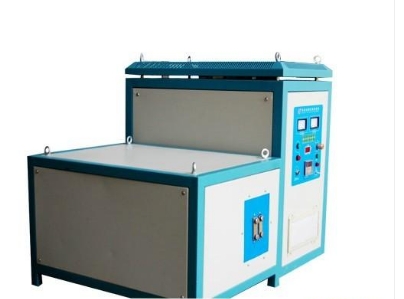- 10
- Feb
What are the technical indicators for carburizing and quenching parts?
What are the technical indicators for carburizing and quenching parts?
Carburizing and quenching forms a martensite layer with high carbon content on the surface of the part, which has high hardness, high carbide content and high wear resistance. The core is low-carbon martensite structure, so the surface compressive stress is large. The overall toughness is high. These characteristics make carburizing and quenching widely used in gears and other parts that require high wear resistance, high fatigue strength, and high contact fatigue strength. Induction hardening has the characteristics of rapid heating and rapid cooling, which significantly increases the grain size of the material. While obtaining ultra-high hardness, it obtains a higher toughness index, thereby improving the performance of the parts.
1. Abrasion resistance
Carburized and quenched parts have high wear resistance due to the high hardness and carbides on the surface. Induction hardening can obtain high hardness under low carbon content, and the wear resistance is also related to its microstructure.
20CrMnTiH3 carburizing quenching and 45 steel induction quenching are made into standard wear specimens, with hardness of 62~62.5HRC, tested on M-200 wear testing machine, and the wear parts are T10 quenched. After 1.6 million times of wear, the carburized sample lost 4.0 mg and the induction quenched sample lost 2.1 mg. What is the mechanism that makes induction hardened specimens have higher wear resistance? It is worth studying.
2. Хүч чадал
It is generally believed that strength is related to hardness, and the same hardness can get the same strength. For specific parts, what other parameters are related to it? We tested the standard dumbbell-shaped tensile specimens made of 20CrMnTiH3 carburizing and quenching and 45 steel, 40CrH, 40MnBH induction quenching. The effective part diameter of the specimen was 20mm, and the measured tensile strengths were 819MPa, 1184MPa, 1364MPa, At 1369MPa, the strength of several medium carbon steel samples after induction quenching is significantly higher than that of carburized parts.
The results of the two processes are compared. The surface of the carburized and quenched sample is high-carbon martensite, the carburized layer is 1.25mm, the hardness is 62-63HRC, and the core is low-carbon martensite, and the hardness is 32HRC. The surface of the induction hardened sample is medium-carbon martensite, the depth of the hardened layer is 3.6mm, the hardness is 62HRC, and the core is tempered sorbite, the hardness is 26HRC. It can be found that there is a big difference in the depth of the surface hardened layer obtained by the two treatment methods, and induction hardening can obtain a deeper hardened layer, thereby obtaining greater part strength. Therefore, when discussing which strengthening process is better, we must not only analyze it from a micro perspective, but also consider it from a macro perspective.
3. Ядаргааны хүч
After carburizing and induction hardening, the surface of the parts is effectively strengthened, and a larger residual compressive stress is formed, and both have a higher fatigue strength.
The gear parts with a modulus of 2.5 were selected for research, and they were carburized and quenched with 20CrMnTiH3 with a carburizing depth of 1.2mm; 45 steel and 42CrMo were induction hardened with a tooth root quenching depth of 2.0mm. The hardness is 61~63HRC, and the teeth are ground after heat treatment. Test on the fatigue testing machine in accordance with the loading method shown in Figure 1. The bending median fatigue ultimate pressure loads of the three different materials and heat-treated gear teeth are 18.50kN, 20.30kN and 28.88kN, respectively. The fatigue strength of 42CrMo induction hardened gears is 56% higher than that of 20CrMnTiH3 carburizing and quenching, which has significant advantages. To analyze its mechanism, it is necessary to start with the hardened layer structure, surface compressive stress level, heart structure and hardness.
4. Ядаргааны хүч чадалтай холбоо барих
For gear parts, the contact fatigue failure of the tooth surface is also the main failure mode. Light-duty gears have relatively low requirements for contact fatigue, and whether induction hardening can replace carburizing and hardening on specific heavy-duty gears, this index is a content that must be assessed. Our research in this area is not deep enough.
5. Quenching deformation
The carburizing process has high temperature, long time and large quenching deformation. The subsequent grinding process will thin the surface with the highest strength and the highest compressive stress, resulting in a decrease in the strength of the part. Carburizing and quenching of gears is increasingly using press quenching technology, the purpose is to reduce quenching deformation. The deformation of induction hardening is relatively small, and because of the thickness of the quenched layer, the impact of grinding on the hardening depth is relatively small.

